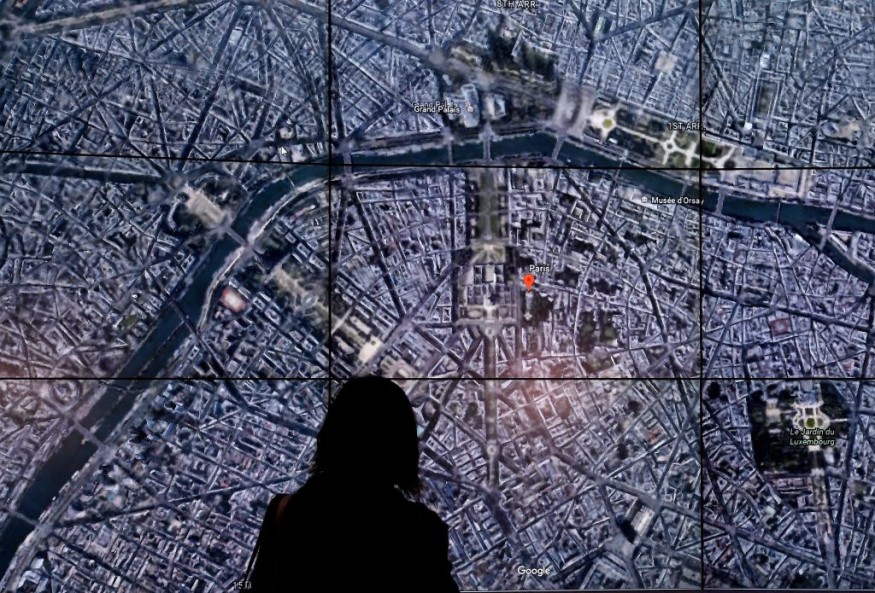Archaeologists have located three Roman military camps in the Arabian desert through Google Earth, and researchers at the University of Oxford have dated them back to A.D. 106.
MailOnline reported that these camps were most likely used during a violent takeover of the Nabataean Kingdom, as evidenced by their straight alignment towards Dumat al-Jandal in Saudi Arabia, an area that was once part of the kingdom.

Ancient Roman Military Camps Were Used For Conquest
The camps are also typical in their layout, resembling the shape of playing cards that were used by Roman armies as temporary defensive bases while on a campaign. This discovery contradicts previous beliefs that the conquest of the Nabataean Kingdom was a peaceful one, suggesting instead that a surprise and deadly attack took place.
Emperor Trajan spearheaded the takeover of a civilization that centered around the city of Petra in Jordan, with the aim of exploiting its valuable trade routes and resources such as spices, incense, and copper.
Dr. Michael Fradley, who led the research, titled "A Lost Campaign? New Evidence of Roman Temporary Camps in Northern Arabia" published in the journal Antiquity, said that there is little doubt that these three military camps discovered in the Arabian desert were used during the conquest almost 1,900 years ago.
The camps' distinctive playing card shape with opposing entrances along each side suggests that they were constructed by the Roman army. Despite their short-lived use, the level of preservation of these camps is impressive, with the westernmost camp being significantly larger than the other two.
The research team is uncertain about the reason for the difference in size between the westernmost camp and the other two. One possibility is that the Roman force may have split into two groups, with one half being wiped out in battle. Alternatively, the group that left the campaign may have stayed in the largest camp to assist in providing water and supplies to the other camps while the other half continued to march forward.
READ ALSO : 1,600-year-old Roman Dodecahedron Unearthed in Belgium: What Were Those Ancient Objects Used For?
Remarkable Preservation of Roman Military Camps
Dr. Mike Bishop of the University of Oxford, who is an expert on the Roman military, noted that the discovery of these camps provides valuable insights into Roman campaigning in Arabia, as temporary camps reveal how the Roman Empire acquired new territories.
Since the distance between the camps ranges from 23 to 27 miles (37 to 44 km), the team believes that it is unlikely that infantry soldiers could travel to the next camp on foot in a single day, The Telegraph reported.
That is why the researchers speculate that the camps were most likely built by a cavalry unit that could traverse such a long and barren terrain before nightfall, possibly on camels.
There is a possibility that another camp was situated further west at Bayir, which was an Umayyad fort and well station. While permanent Roman forts and fortresses indicate how Rome maintained its territories, temporary camps provide valuable information on how it acquired new territories in the first place.
RELATED ARTICLE: Necropolis Dating Back to Ancient Rome Unearthed from Gaza Strip Construction Site
Check out more news and information on Archaeology in Science Times.
© 2025 ScienceTimes.com All rights reserved. Do not reproduce without permission. The window to the world of Science Times.










